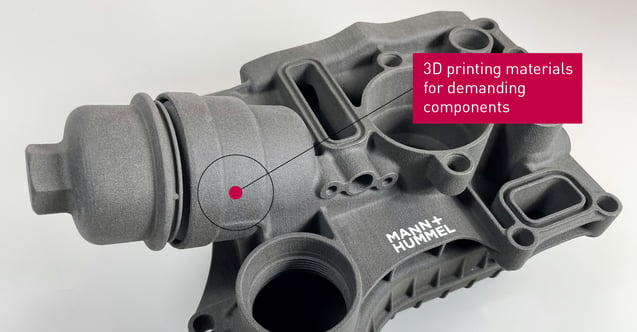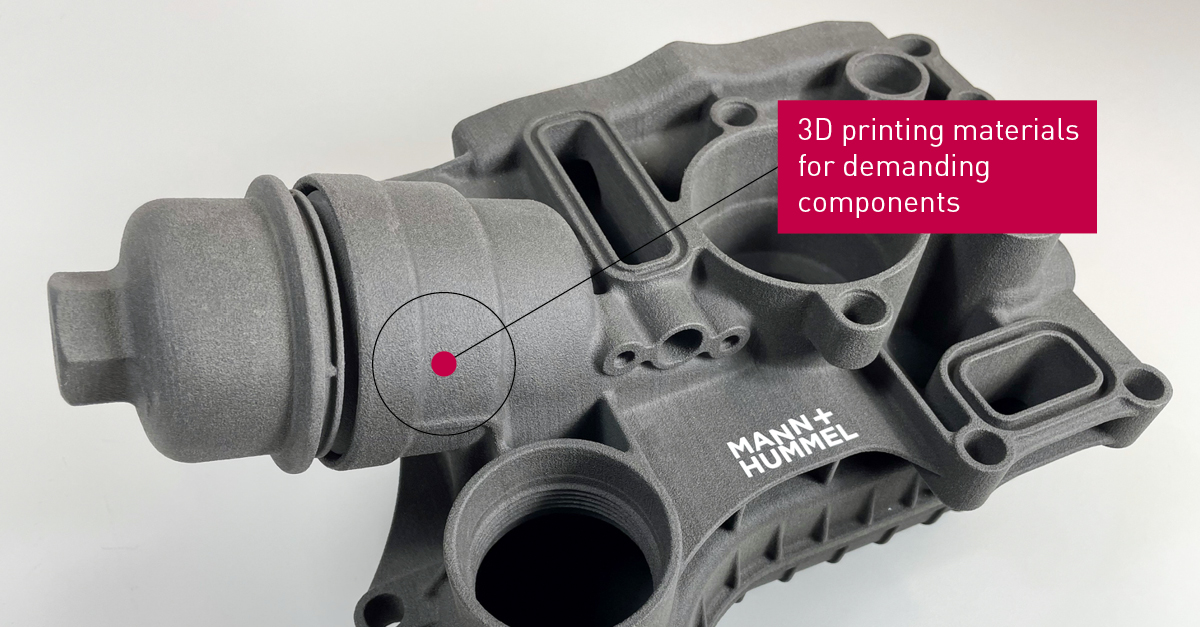Demanding technical plastic components: injection molding and/or 3D printing?

To put it briefly: No matter what you manufacture, in what quantity and within what time and cost frame it has to be ready for presentation or series production, and no matter how demanding the subsequent load on the component may be - what counts in the end is whether the plastic component works and, above all, pays off. And whether this is achieved by injection molding or 3D printing or even extrusion is - at least from our point of view - of secondary importance. Why we see it that way, why this is advantageous for you, and how we can easily turn the or into an and - that's what you'll find out in the next four minutes of reading time here:
We know pretty much where things are headed in the future in terms of injection molding and 3D printing. Because we know where we're coming from.
Let's start with what we have always mastered - because this is where the logic of our current industrial 3D printing activities is derived: LEHVOSS - at least the plastic part - which means decades of expertise in injection molding compounds for sophisticated technical plastic components.
A key characteristic here is our ability to develop the required specifically suitable material from an almost infinite number of higher-grade base polymers/thermoplastics (for example, a PA6, a PEEK or even a PPS) - augmented by reinforcing materials and additives. In other words: plastics that not only "survive" in very special environments, but also deliver very high performance here.
This is our world, our niche - and, by the way, exactly the direction in which industrial 3D printing will develop. And this is exactly where we connect. Where injection molding either reaches its technical limits or is too costly - for example, because a project is still in the design phase or someone only needs a series of perhaps 100 or 1,000 parts and thus the investment in an injection mold is not worthwhile or takes too long.
Yes, inevitably many people still do this today - because they have no alternative so far - but: nobody wants to do this anymore! And especially for all those who no longer want to do this, but who are perhaps mentally "caught" somewhere between established, proven injection molding and 3D printing, which is still new and unknown to them - or who perhaps also have a little fear of thresholds on the way to the new - we have really good news for all of them: They can do one and do not have to leave the other!
Industrial 3D printing is establishing itself as a complementary technology to injection molding, especially for sophisticated technical components.
To put it bluntly: when it comes to materials, it doesn't really matter to LEHVOSS partners which technology they want to work with in the future. If you need a specific compound from us for injection molding, we will develop the right material for you just as we will for someone who needs a material for 3D printing - or for extrusion, for example. We say quite clearly: "Dear customer, we always offer you - completely independent of your manufacturing process - the exactly matching materials. Even if you want to jump from one manufacturing process to the next, depending on how the requirement is defined. We have - or are developing - the materials with which you can easily do this." True to the motto: "If you can, you can".
But above all - and this is particularly relevant in the run-up to or in the supposed mental gap between injection molding technology and 3D printing: We also have reliable references that prove this in black and white.
Conclusion: We overcome the artificial separation between injection molding and 3D printing.
We are overcoming the artificial separation between injection molding and industrial 3D printing - as it appears in the market. Because over the last 40 years we have understood what matters in industrial manufacturing.
We're making 3D printing come of age. We are making it socially acceptable and industrially viable.
We speak exactly the language that all those - who are at home in the "injection molding mindset" - understand and can provide designers with all the data they need.
We also know the specification processes - for example from the automotive or plant industry - and their significance for material development. And we know that 3D printing has to measure up to them.
3D printing will not completely replace injection molding. However, it is an alternative in terms of cost and time wherever injection molding cannot "keep up" because the production of the required molds is simply too time/cost-intensive.
Are you interested in 3D printing? Then find out more about our 3D printing product portfolio and get in touch with us: Are you interested in industrial 3D printing? Our whitepaper will inform you about technologies and materials for high-quality end products:


